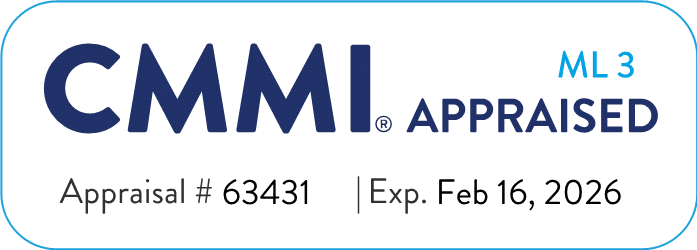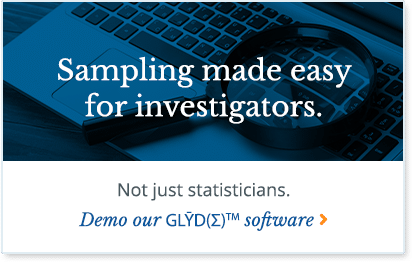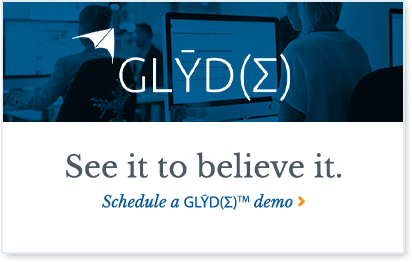IntegrityM strongly encourages new ‘covered recipients’ to familiarize themselves with the Open Payments system, so that they can have a successful experience in CY2022.
Open Payments Program Background:
Under the Physician Payment Sunshine Act (Section 6002 of the Patient Protection and Affordable Care Act of 2010 “PPACA”), the Centers for Medicare and Medicaid Services (CMS) is required to collect and display payment data reported by applicable manufacturers and group purchasing organizations for transactions and transfers of value that have been made to physicians and teaching hospitals.
According to CMS, Open Payments data “is a national disclosure program that promotes a more transparent and accountable health care system by making the financial relationships between applicable manufacturers and group purchasing organizations and health care providers (physicians and teaching hospitals) available to the public.” In simple terms, it shows payments made by pharmaceutical companies to physicians and teaching hospitals.
Transfers of values are categorized into three main groups:
- General Payments
- Research Payments
- Ownership or Investment Interest
2018 OIG Audit Report Recommendations for CMS after review of the Open Payments Program:
In 2018, the Office of Inspector General (OIG) of the U.S. Department of Health and Human Services performed an Open Payments audit and issued its audit report, “Open Payments Data: Review of Accuracy, Precision, and Consistency in Reporting.” As described in the audit report, the OIG recommended that CMS take corrective actions to “improve the accuracy, precision, and consistency of the open payments data to better help consumers use the information.”
Expansion of Covered Entities Requirements:
In an effort to further support transparency of the Open Payments Program, in October of 2018, the Substance Use-Disorder Prevention that Promotes Opioid Recovery and Treatment for Patients and Communities (SUPPORT) Act became a public law. This new law aims to help patients and providers navigate opioid substance abuse through new program and provider requirements. Among the many new mandates that came about from the new law was the expansion of ‘covered recipients’ in the Open Payments Program.
Formerly, ‘covered recipients’ included physicians and teaching hospitals, but as of January 2021, the ‘covered recipient’ group has expanded to include the following provider types:
- Physician assistant
- Nurse practitioner
- Clinical nurse specialist
- Certified registered nurse anesthetist/ Anesthesiologist Assistants
- Certified nurse-midwife
What you need to know now:
- Open Payments now includes these five new provider types in response to statutory changes outlined in the SUPPORT Act. Effective January 1, 2021, reporting entities’ data collection includes these additional program participants;
- As part of the Open Payments Program expansion, data collected in 2021 will be submitted to CMS and published in 2022 under the new reporting entities requirements;
- Registration and review of your data is voluntary, but highly encouraged as this ensures accuracy of the Open Payments data;
- Although participation as a ‘covered recipient’ is not mandatory, it’s important that medical practitioners are equipped with the know-how and timeline regarding how or when to review and dispute data contributed by reporting entities;
- The program runs annually. Reporting entities first submit their data from the previous year, then covered recipients have a chance to review, dispute, and correct data, and finally the data is published.
Important Links for Reference:
Open Payments Overview & Enhancements
This succinct CMS slide show covers a basic overview of the program, a list of the additional new non-physician provider types required to report in CY 2022, and a flow chart of the phases in each cycle year.
This CMS link provides resources for covered recipients such as registration information, review and dispute tutorials, and the general cycle year phased timeline.
This CMS slide deck gives a detailed user-centered view of the role covered recipients play within the Open Payments Program. It covers system nomenclature, along with an introduction to the registration process and the review, dispute, and correction timing.











